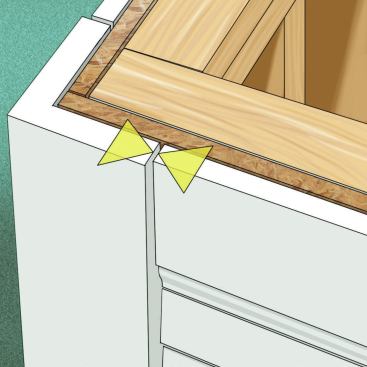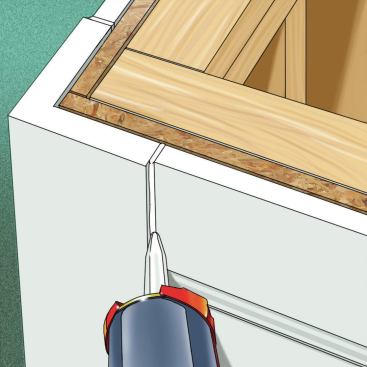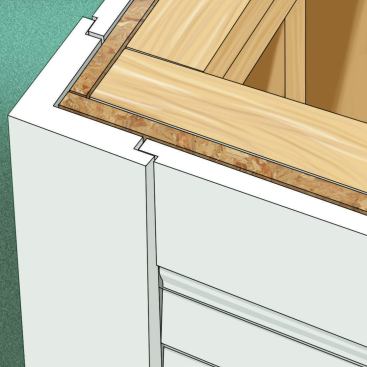Harry Whitver
Shrinking Away Cellular PVC trim has a big “coefficient of the…
Builders like cellular PVC trim for a lot of reasons. It’s lightweight, durable, and waterproof. You don’t have to paint it; but it holds paint well. But there is one drawback: plastic trim doesn’t move because of moisture the way wood does, but it does move because of temperature. And unlike wood (which mostly shrinks crosswise), PVC trim grows and shrinks along its length—a lot. A long run of PVC fascia on your eave or rake easily could shrink an eighth of an inch between summer and winter—enough to be noticeable, and enough to break a glue joint.
If you nail the material up in the mild spring or fall, it will shrink when the weather gets cold, and expand when the weather gets hot. In that case, since you started out in the middle, you may not see trouble. But if you install the trim at 95 degrees on a July day, big gaps can open up when temps go to zero in January.
The solution? Do what you do with any material that moves: Use planned movement joints so that the movement happens where you want it to happen. Nail the trim securely to a solid substrate in visible locations, glue the joints that you want to keep closed, and provide unglued movement joints in less noticeable spots (such as masked behind a corner board).





